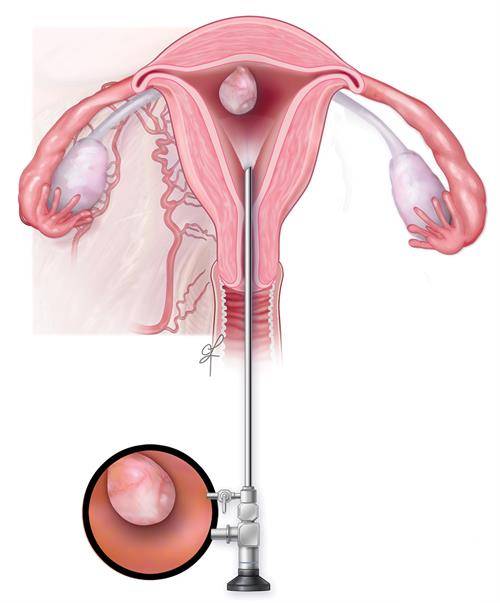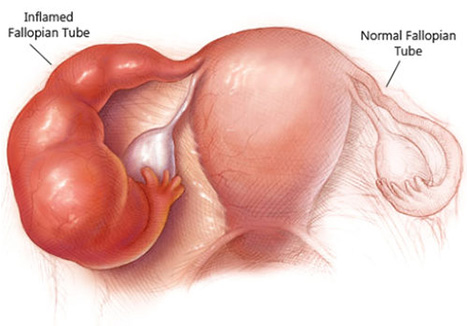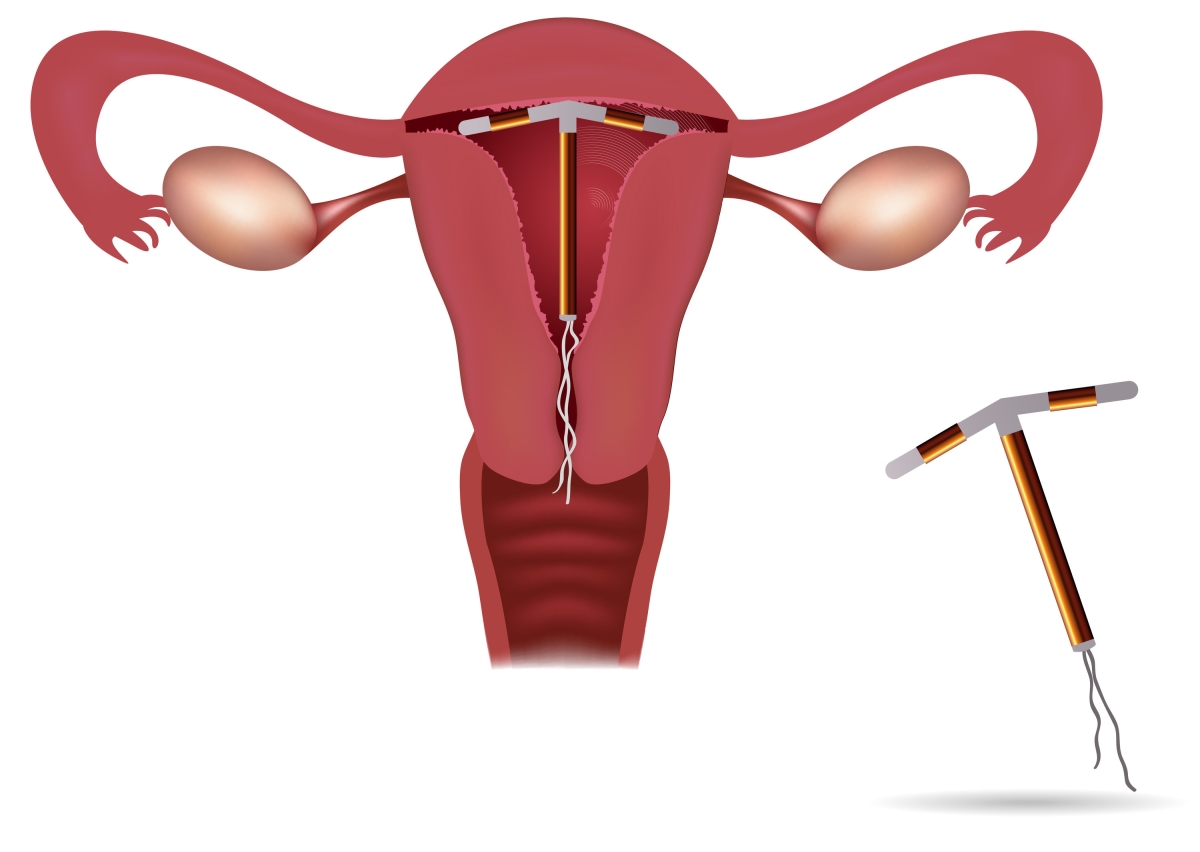Hysteroscopic myoma resection is performed for several reasons, primarily to address symptoms and complications associated with uterine fibroids (myomas) located within the uterine cavity. Here are some specific reasons why this procedure may be recommended:
Alleviation of Symptoms: Heavy Menstrual Bleeding (Menorrhagia): Uterine fibroids can cause heavy and prolonged menstrual bleeding. Hysteroscopic myoma resection aims to reduce or eliminate this symptom, improving the quality of life for individuals experiencing menorrhagia.
Pelvic Pain and Pressure: Fibroids in the uterine cavity can cause pelvic pain or a feeling of pressure. Removal through hysteroscopic resection can relieve these symptoms.
Improvement of Fertility: For women experiencing infertility or recurrent pregnancy loss due to the presence of submucosal fibroids, hysteroscopic myoma resection may be recommended. Removing the fibroids can create a more favorable environment for conception and a healthy pregnancy.
Preservation of Uterine Function: Unlike more invasive procedures, hysteroscopic myoma resection is a conservative approach that preserves the uterus. This is particularly important for women who wish to maintain their fertility or simply retain their reproductive organs.
Minimization of Surgical Trauma: Hysteroscopic myoma resection is a minimally invasive procedure performed through the cervix, avoiding the need for abdominal incisions. This results in less surgical trauma, reduced pain, and a faster recovery compared to traditional open surgeries.
Enhanced Visual Guidance: The hysteroscope, a thin tube with a light and camera, allows for direct visualization of the uterine cavity during the procedure. This enhances the surgeon’s ability to precisely target and remove the fibroids while minimizing damage to surrounding tissue.
Outpatient Procedure: In many cases, hysteroscopic myoma resection can be performed on an outpatient basis, meaning the patient can return home on the same day. This contributes to a shorter recovery time and reduced healthcare costs.
Symptom Management: The procedure aims to manage and alleviate various symptoms associated with uterine fibroids, such as urinary frequency or urgency, backache, and abdominal discomfort.
It’s important to note that the decision to undergo hysteroscopic myoma resection is made based on individual health circumstances, the specific characteristics of the fibroids, and the patient’s reproductive goals. The procedure is generally considered a safe and effective option for eligible candidates, providing a targeted solution to address uterine fibroids and their associated symptoms.
Are you in search of the best gynecological care in Dubai? Look no further than Dr. Neha Lalla, a highly regarded Gynaecologist dedicated to providing top-notch healthcare for women.




